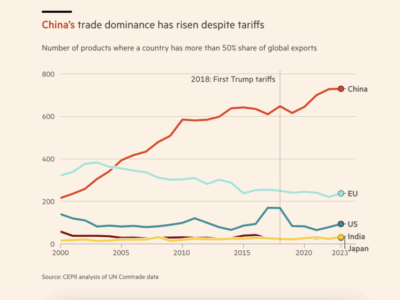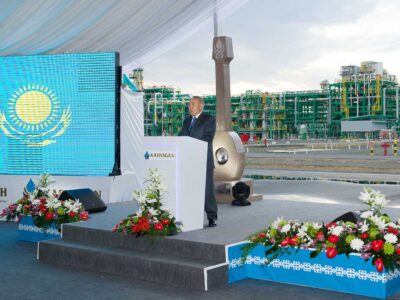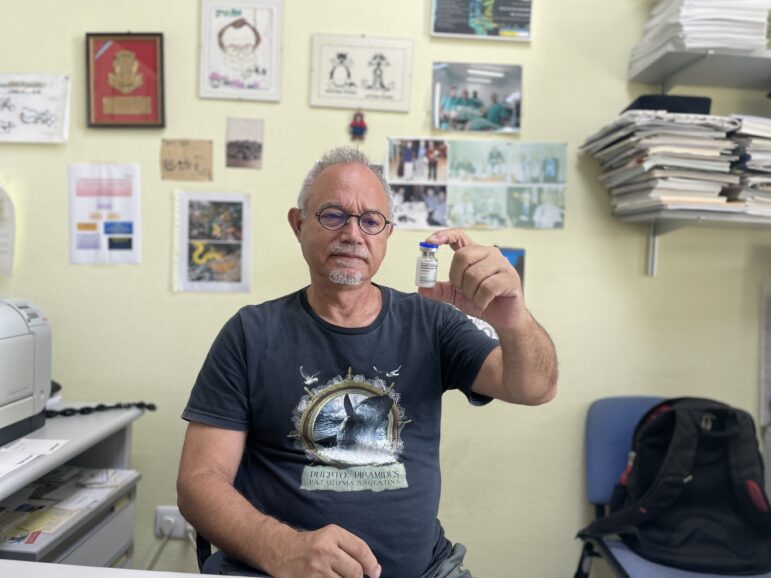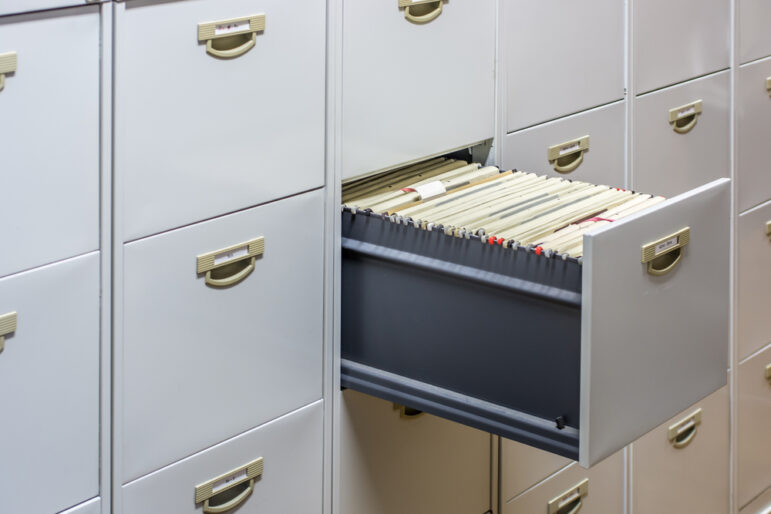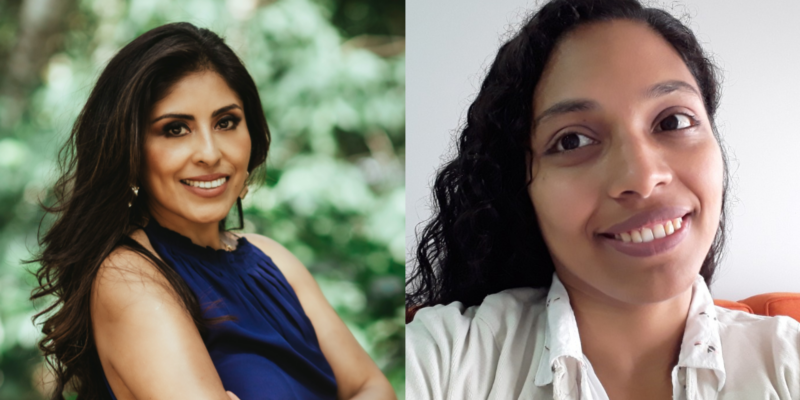
From covering bribery schemes to the misuse of public funds, investigative journalism in Latin America often entails deep dives into corruption.
Now, a new platform spearheaded by ICIJ member Milagros Salazar, aims to help journalists, academics and public officials connect the dots of corruption cases across borders. Salazar, the director of Peru-based investigative journalism center and ICIJ media partner Convoca launched Observatorio Transfronterizo de la Corrupción — the Cross-border Corruption Observatory — in December.
The anti-corruption project, which was in the works for months, includes a database that allows users to search recent investigations by Convoca and over a dozen media partners, allowing them to analyze by country and topic area.
Salazar launched the Observatorio with a series of virtual workshops where investigative journalists, prosecutors, attorneys, human rights experts and civic leaders shared tools, ideas and challenges of investigating corruption. To lead the workshops, Salazar tapped Gabriela Flores, a journalist specializing in investigations into state capture, human rights violations and the impact of corruption on citizens’ rights. Together, they led three panels: one on corruption patterns and methods; one on the intersection of corruption, organized crime, and money laundering; and a third on the legal frameworks that enable corruption.
“From the start, we wanted to create a space where authorities, civil society experts, and journalists could exchange perspectives in a more dynamic and fluid way,” Flores said.
ICIJ spoke to Milagros Salazar and Gabriela Flores to learn about the new platform, their panels and what the project may mean for tackling corruption in the future.
The following interview has been translated from Spanish and edited for brevity and clarity.
What inspired you to create a searchable database for this project?
Milagros: We had a similar initiative with Investiga Lava Jato. Investiga Lava Jato was a cross-border project we started in Convoca in 2016. It is a website where we gathered all information related to the case, [a sprawling cash-for-contracts scheme orchestrated by Brazilian construction giant Odebrecht in countries across Latin America and Africa that was dubbed Operation Lava Jato]. Later, we decided to organize that data into a searchable system filtered by payment type, project, company, or country. We saw that using keywords and categorizing by country and topic worked well. We decided to take what worked there and apply it here. This is the result of a long process that began with small seeds and grew organically.
When you put all this information together, what patterns emerged that caught your attention?
Milagros: The first thing we noticed when organizing the reports was how clearly the topics could be grouped. The working groups we formed weren’t random — they reflected recurring patterns we found in the investigations. It was a kind of reflection: We have all this documented, what do we see now? How do we group it?
How did you convince the authorities to participate in the workshops? Has this been done before?
Gabriela: We presented the invitation as a dialogue space. We wanted to gather their expertise as prosecutors and authorities to identify patterns and propose improvements. We were careful in selecting authorities with strong backgrounds in fighting corruption.
Milagros: Honestly, I haven’t seen this before. Normally, prosecutors or attorneys react to media pressure, like investigating a president or politician. But they rarely get the chance to reflect on patterns, modus operandi, or international cooperations they could establish.
In the Lava Jato case in Peru, international cooperation worked well because Brazilian and Peruvian prosecutors formed an informal relationship that accelerated the processes. But that’s not the norm; political will and clear cooperation mechanisms are often lacking.
What feedback did you get, and what lessons did you learn as journalists?
Gabriela: The authorities felt comfortable, which allowed them to freely share their experiences and listen more openly. This helped them realize they’re not fighting corruption alone, that the patterns they investigate are repeated in other countries, and that networks can be built.
The exchange was enriching for us, too. It made us rethink our approaches. For example, it changed how we perceive corruption. Before, we saw it as an illicit exchange of money, but here we learned to see it as a broader phenomenon, with both legal and illegal actors often working together without direct monetary exchanges.
Milagros: Yes, an important point is the exchange of favors. We often think of corruption as a monetary bribe, but it can also show up as hiring a relative or indirect benefits. Corruption isn’t always visible as offshore payments; it can be in small gestures that consolidate networks of impunity.
What stories or groups of stories did you come across that made you say, “This should be a roundtable topic”?
Milagros: For example, [for the panel on legal frameworks that enable corruption], there’s a very well-known case in Peru: the Lima Metro case. Odebrecht paid bribes related to certain sections of the Metro’s construction. A typical story would be, “Odebrecht paid bribes, here’s the amount, and these people received them.” That’s the factual part.
However, we discovered that former president Alan García had signed emergency executive orders to bypass the state procurement system and approved unjustified budget increases for the project. [The whole story came out] years later, when Alan García’s right-hand man confessed that these executive orders were approved after a meeting at the Government Palace, where Odebrecht requested them. We found similar patterns in the Southern Gas Pipeline case, [another multi-million dollar contract granted to Odebrecht]. The prosecutor in charge of the Lava Jato case mentioned that there were also orders approved that allowed unjustified budget increases [for the construction of the pipeline].
These approvals aren’t illegal by themselves, and that’s the problem. Corrupt individuals always say, “This isn’t illegal.” Creating an offshore company isn’t illegal, but as journalists, our job isn’t to investigate illegality — that’s for the prosecutor. We investigate public interest facts and present them factually.
Journalism must stay alert to which regulations are tailored to either facilitate corruption or ensure impunity. It’s also important to investigate legal gaps that allow the corrupt to claim, “Anything goes.”
Ideally, how do you expect people to use this material, and what’s your dream for the future of this project?
Milagros: For me, the Observatorio should be a space for reflection, a space for conversation and a space to access work methodologies. My dream is to collaborate with other media and organizations to include tools that allow tracking information, like those related to offshore accounts or corruption patterns. I’ve noticed these tools also help prosecutors.
For instance, in Curitiba, [Brazil], an anti-corruption prosecutor told me they had been trained in database systems. When I asked which ones they used, they mentioned some known by journalists, but also many I hadn’t heard of. I’m almost sure that Peruvian prosecutors don’t know platforms like Aleph from OCCRP. Open Corporates is more commonly used, but now it’s more restricted. [ICIJ’s] Offshore Leaks [database] is widely known, probably due to the Panama Papers.
In South America, we could help spread the use of these tools. We could learn and build bridges with other disciplines. How do we become permanent scholars on this topic, committed to the citizens?
Beyond journalists and authorities, how do you think this can benefit audiences?
Gabriela: It’s not only useful for journalists but also for any citizen interested in understanding the scale of corruption and how it directly affects our lives. Plus, it helps reduce the high tolerance toward corruption that, unfortunately, exists in our countries. The dream behind this initiative is that it becomes a tool to strengthen citizen action and contribute to better public policies, both national and transnational, that truly tackle corruption.
Do you envision the Observatorio as a model that colleagues in other consortia, countries or regions could replicate or recreate? Or do you think eventually stories not produced with Convoca could be included in the Observatorio?
Milagros: Both are possible. In collaborative, cross-border projects, sometimes you lead, and other times, you follow. I think the Observatorio can work in that way. We want to invite other outlets to contribute their work and, from here, from South America, help with a more global effort. That’s why I see it as a space for exchange and collaboration. When we started the work sessions, we sent a package of investigations to spark conversation. But we also told [participants], “Don’t limit yourselves to these reports.”


